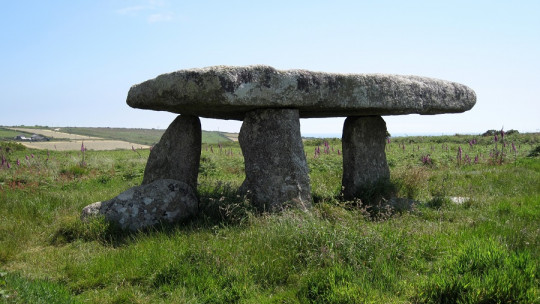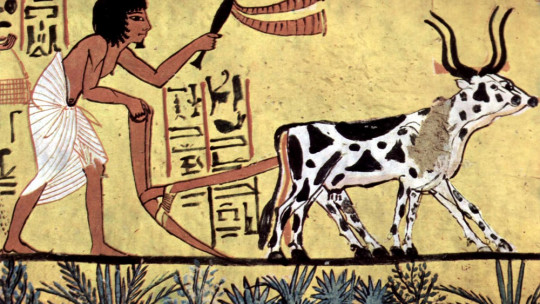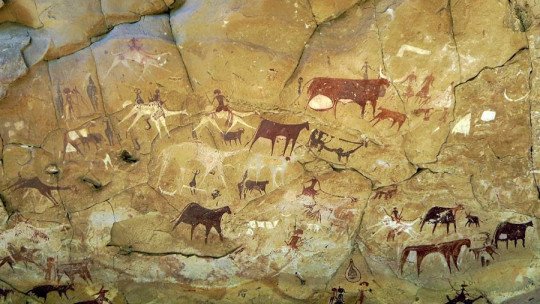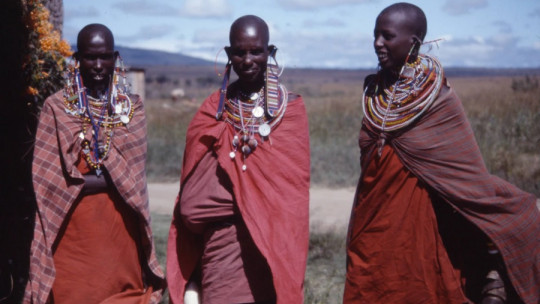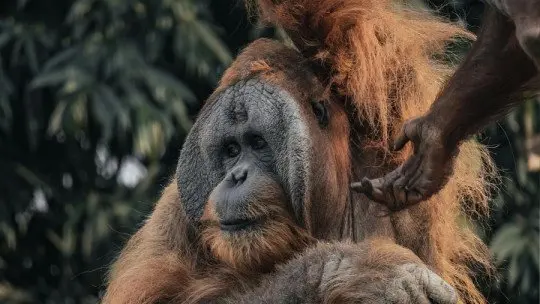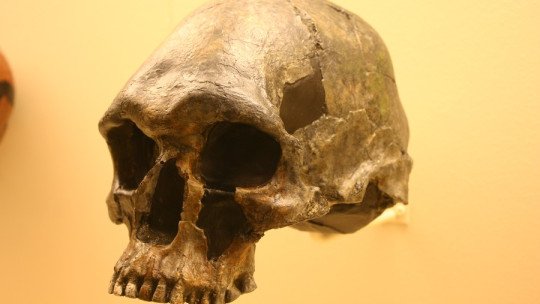
According to an anecdote whose veracity has not been discerned (as often happens in many of the quotes supposedly said by famous people), the anthropologist Margaret Mead, when asked what she considered to be the first sign of civilization of humanity , answered that the remains of a healed femur from the Paleolithic.
According to this legend, Mead continued to explain to the curious student, who asked the question, that in the animal kingdom, when an animal was injured, it was abandoned to its fate. On the other hand, the first human societies showed without any doubt that caring for the crippled and the sick was a common practice in the tribes of Prehistory.
Leaving aside whether this anecdote is true or not, we can ask ourselves the following: Is it true that compassion and helping others are the exclusive heritage of human beings? What signs do we find in Prehistory that show us that the first human communities helped each other to survive?
Were people with disabilities cared for in Prehistory?
The answer to the question is a resounding yes. And the archaeological evidence speaks for itself; There have been many discoveries of fractured bones in the skeletons of people who, according to analysis, They lived for many years after the accident This means, of course, that our prehistoric ancestors had a clear group consciousness and provided help and care to the weakest, the injured and the disabled.
Thus, Margaret Mead’s alleged statement has a solid foundation. What the eminent anthropologist is not right about is her assertion that, in the animal kingdom, the injured are left to their fate. This is not the case, at least among primates, our most direct relatives.
Exclusive heritage of human beings?
When chimpanzee communities are studied, the reality becomes clear that caring for the sick is not something exclusive to humans. These animals are known to take care of sick members of the group, and there are known cases of females adopting orphaned offspring as their own. This behavior, as we can see, is not too far from human behavior.
Some studies go further and claim that chimpanzees practice rudimentary medicine to heal wounds Apparently, these primates apply the substance of specific insects to bleeding wounds, which subsequent studies have shown to have high antibacterial properties. How chimpanzees discovered these antibiotic and healing properties is a mystery.
In any case, what this curious fact demonstrates is that the desire to assist and help others is shared by many species. Of course, this interest in the well-being of others entails a series of adaptations and changes in specific areas of the brain, which is why a sufficiently developed brain is needed, as is the case in humans and higher primates.
Roberto Sáez, in his interesting study on Prehistory and the origin of compassion (see bibliography), makes it very clear that to reach this stage of mutual help, first a series of evolutionary changes had to occur in the parietal areas, which are those responsible for our socialization. Over the millennia, the feeling of compassion arose, necessary to protect the group in a hostile environment in which, if they had lived alone and without emotional ties, the human being would not have survived.
Thus, compassion, that feeling of empathy towards our fellow human beings, was born during Prehistory and was installed in the minds of human communities with the aim of guaranteeing the survival of the group and, therefore, of the species.
Neanderthal Care
Until not many years ago, the image we had of Neanderthals was of quite crude and primitive beings. Fortunately, this image has changed, and today the public is quite aware that these relatives of ours were as human as we are.
Neanderthals not only buried their dead (that is, they were aware of death and had a series of rituals around it) but they also cared for their sick, injured, and disabled family members. There are numerous examples that attest to this “Neanderthal compassion”, such as the famous case of Nandy, a skeleton found in the Shanidar cave in Iraq, which belonged to a Neanderthal man of about 40 years old.
What surprised the scientific community is that Nandy had lived to such an advanced age (his four centuries would correspond to about 80 years of life). Homo sapiens current), when he had enough pathologies to cause his death much earlier. In fact, Nandy’s skeleton is one of the prehistoric remains that shows the most pathologies ; among them, serious cranial deformations that, according to experts, would have caused blindness and practically complete deafness. Furthermore, Nandy was unable to walk, since his lower limbs also had serious malformations.
How did Nandy survive the hostile environment of the Pleistocene with such a pathological condition? The answer is very simple: his team took care of him until his death. Not only did they feed him, but they carried him when he traveled (remember that Neanderthals were nomads). Thus, thanks to the compassion generated by the evolution of the brain and the emotional ties that all this entails, Nandy found a flattering environment to survive.
Love, compassion and survival
Nandy’s case is not isolated at all. We find countless testimonies that both Neanderthals and Homo sapiens They took care of their loved ones. One of the most beautiful cases, described by the aforementioned Robert Sáez, is that of a girl from Atapuerca who was born with serious formation problems in her skull, probably carried over from pregnancy. Almost without any doubt, the girl had a severe disability; Despite that, she managed to survive until she was ten years old thanks to the care of your group.
According to Sáez, this case exemplifies a difficulty that primitive humans encountered: understanding congenital disability and adapting to it. Because, although it was easy for these communities to understand that a hunting accident or a fall could cause an injury, it was not so easy to understand the nature of the intrinsic malformations of the individual, generated during pregnancy, childbirth or due to a genetic mutation. . Therefore, these communities had to adapt to this reality, just as they adapted to the reality of injuries and accidents.
It does not appear, therefore, that early human communities despised or abandoned group members who showed signs of disability, both physically and mentally. On the contrary, everything indicates that the entire group was devoted to them and took care of them to ensure their survival. Only in this way can we understand the discovery of skeletons like Nandy who, without the help of her family, would not have been able to survive.

